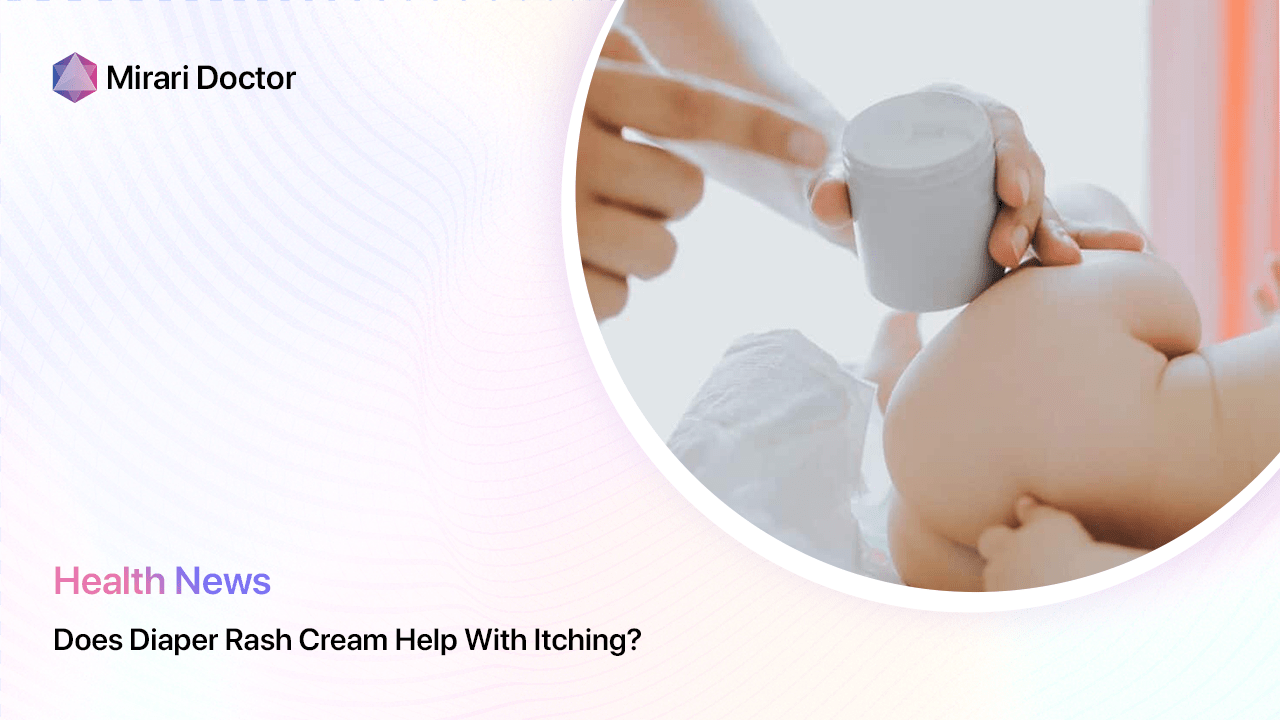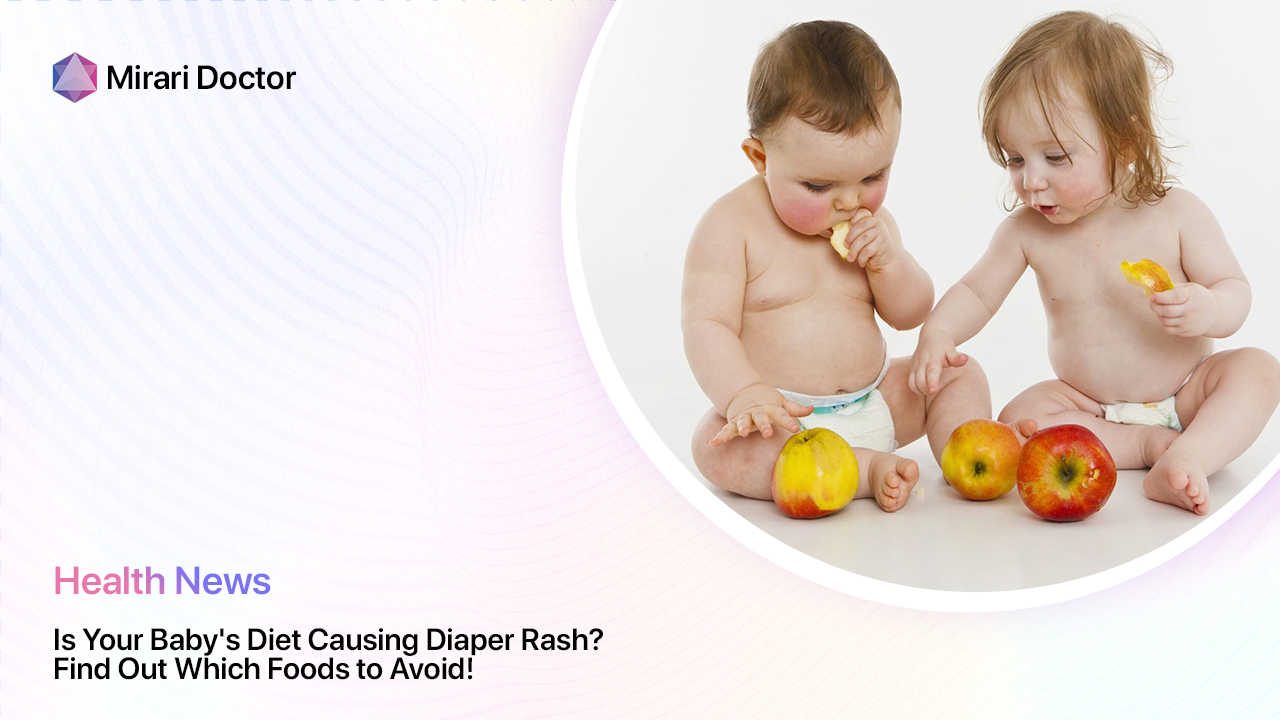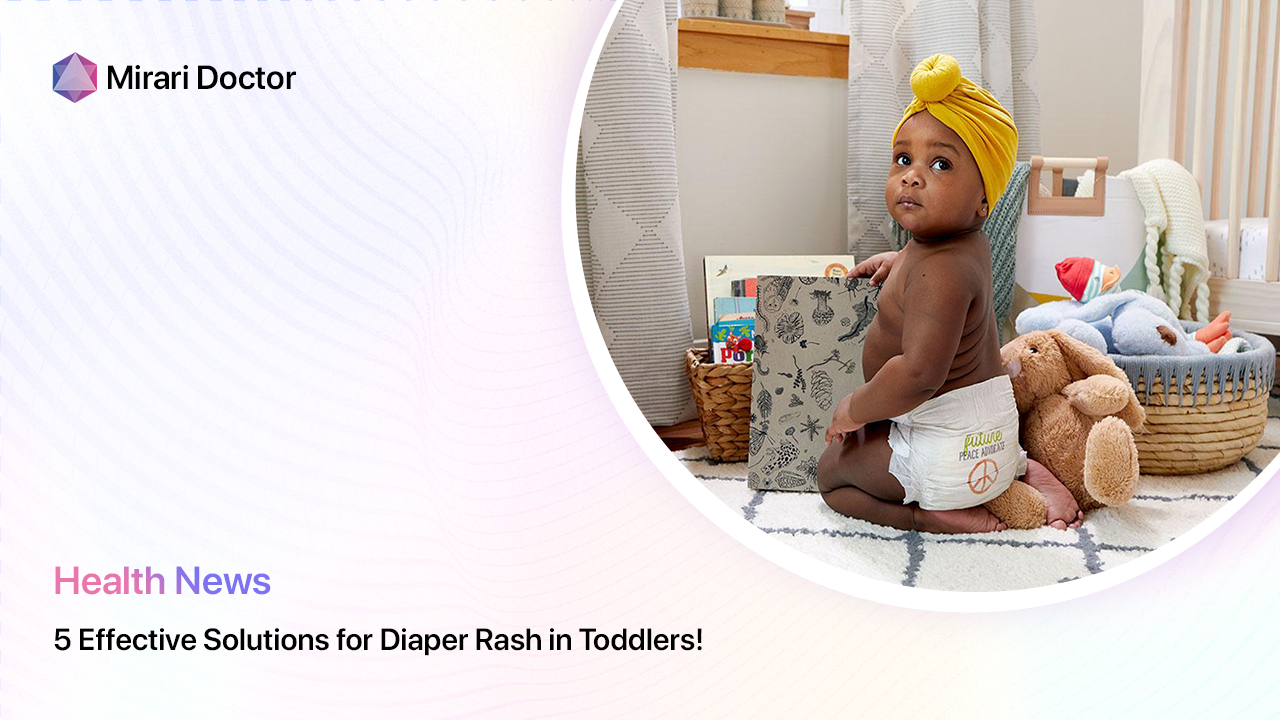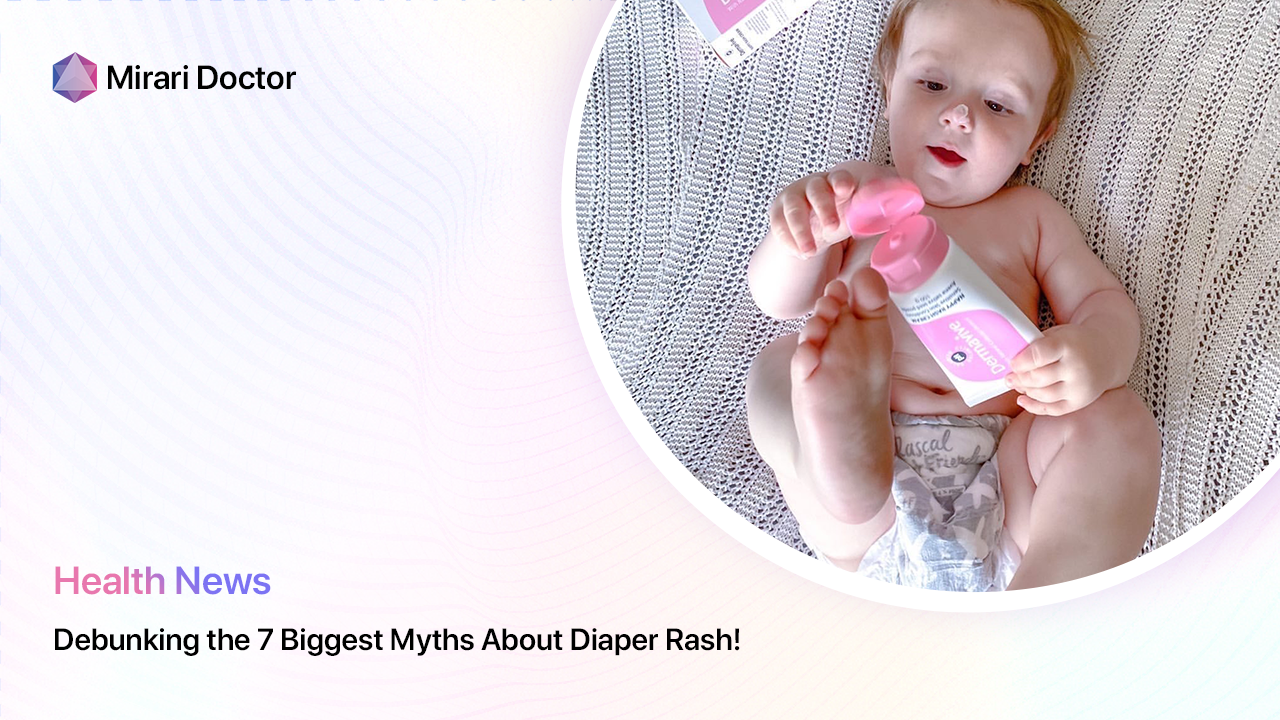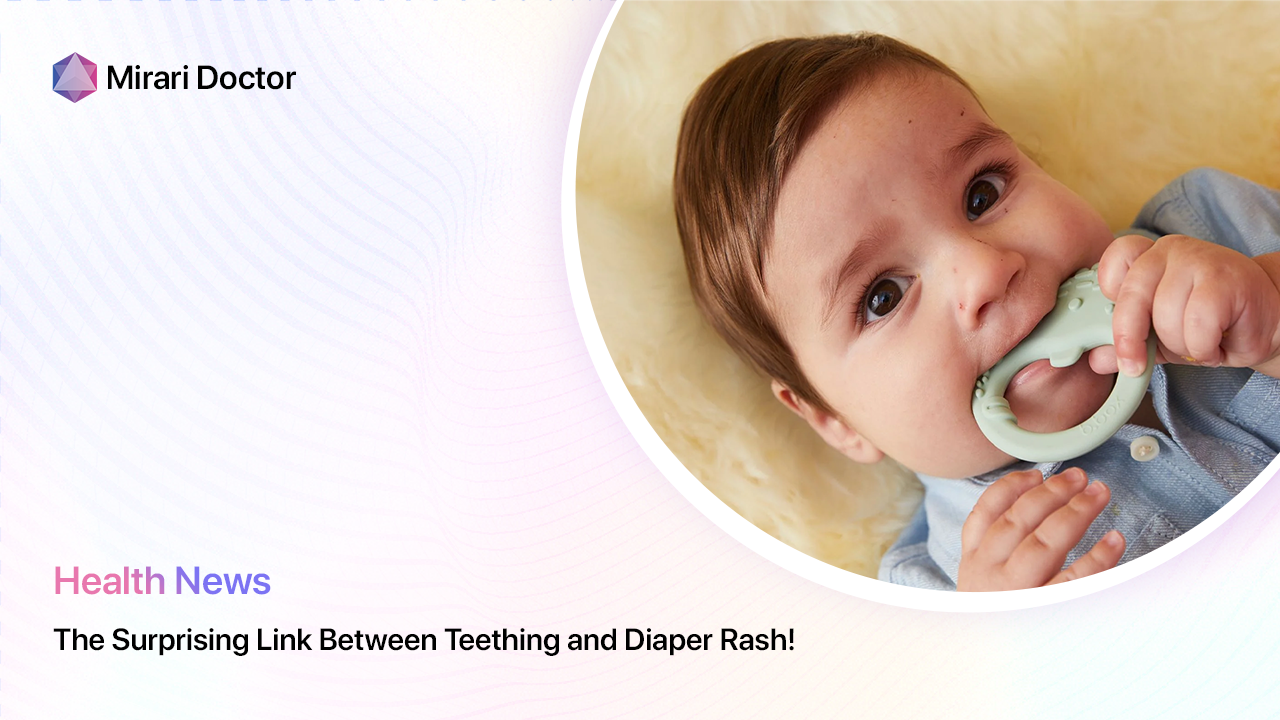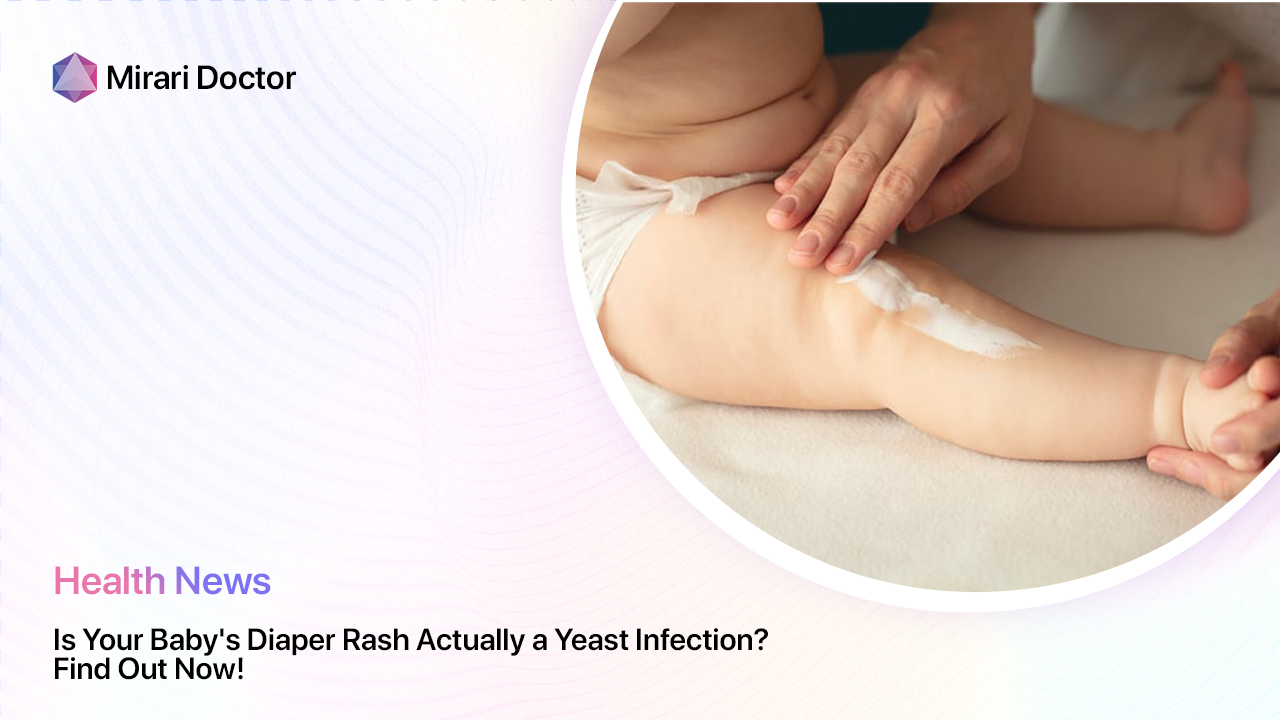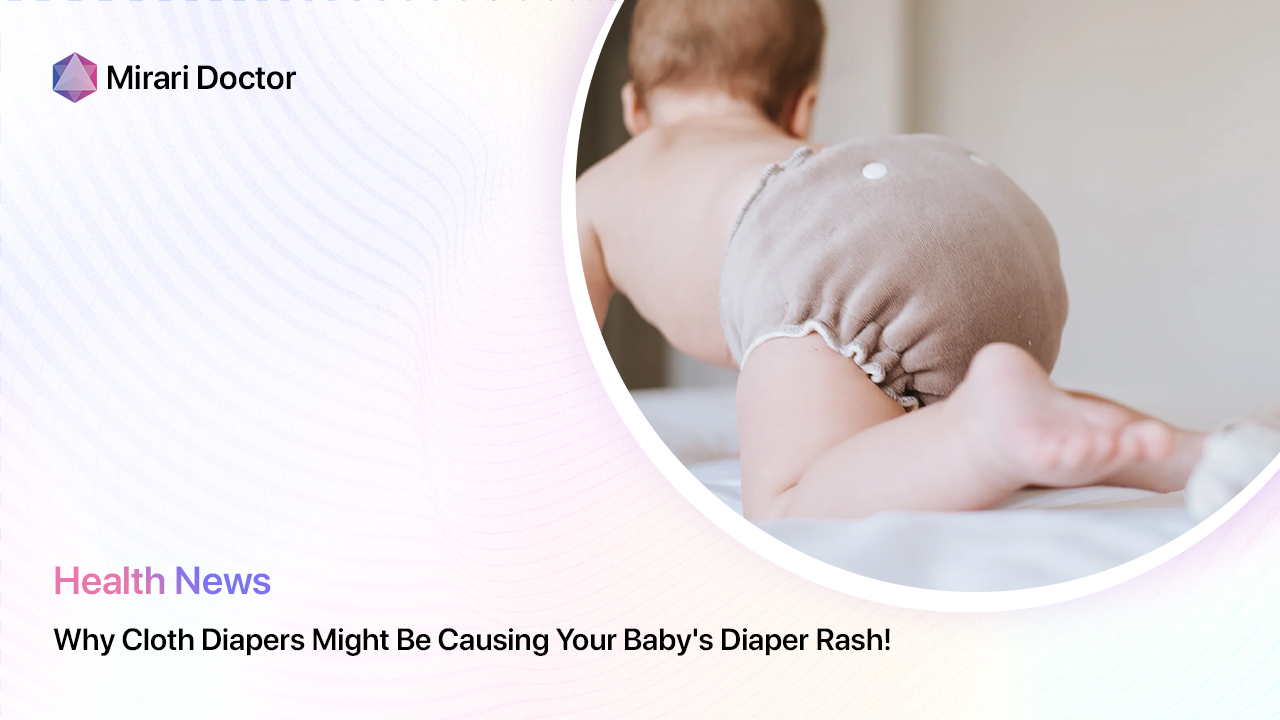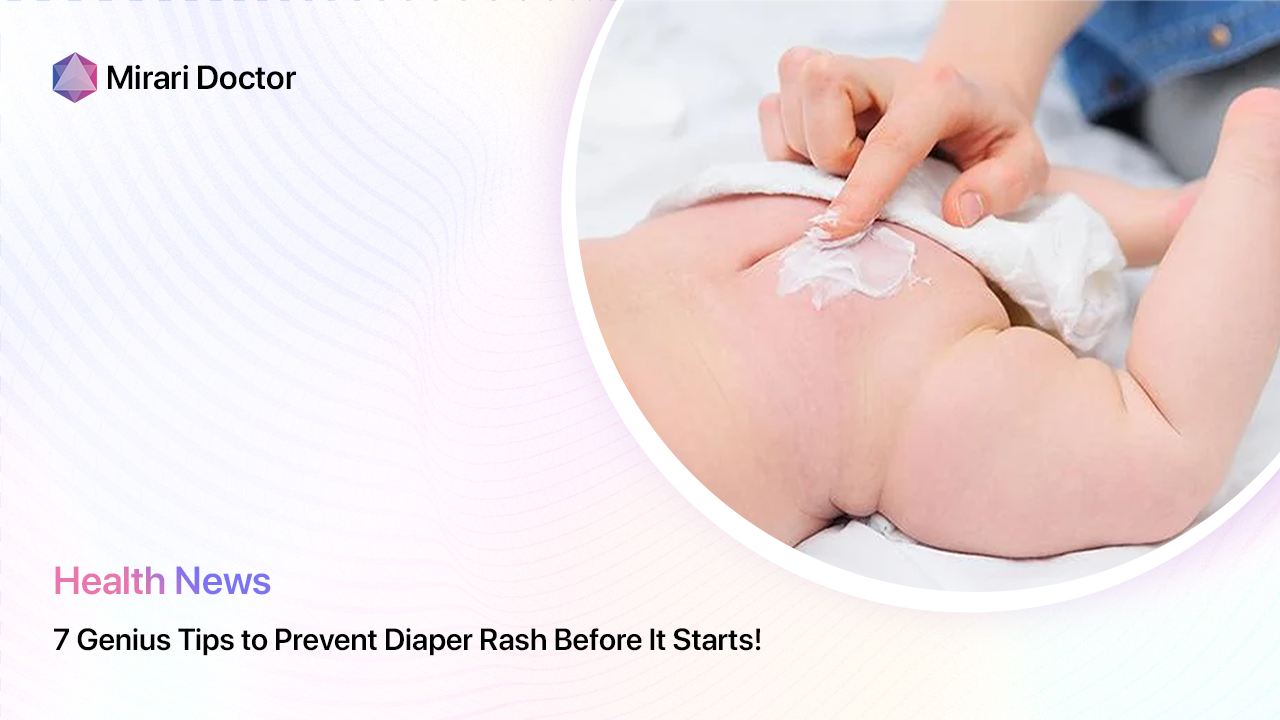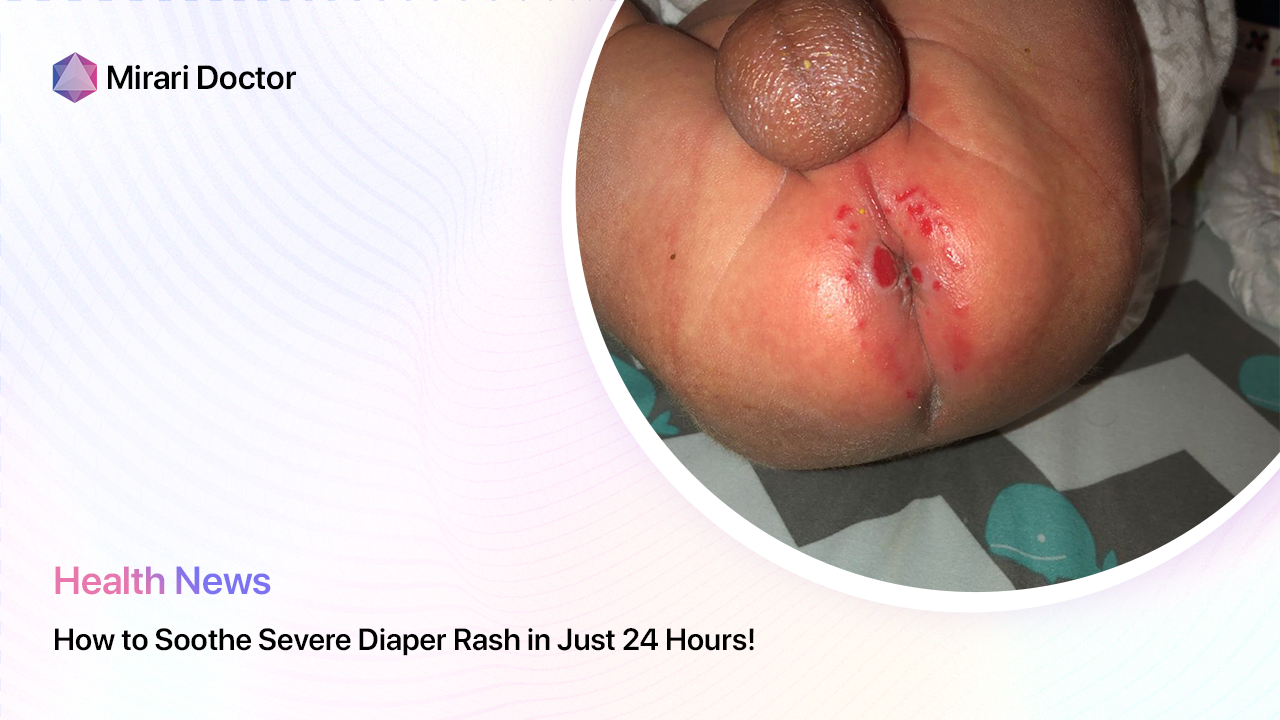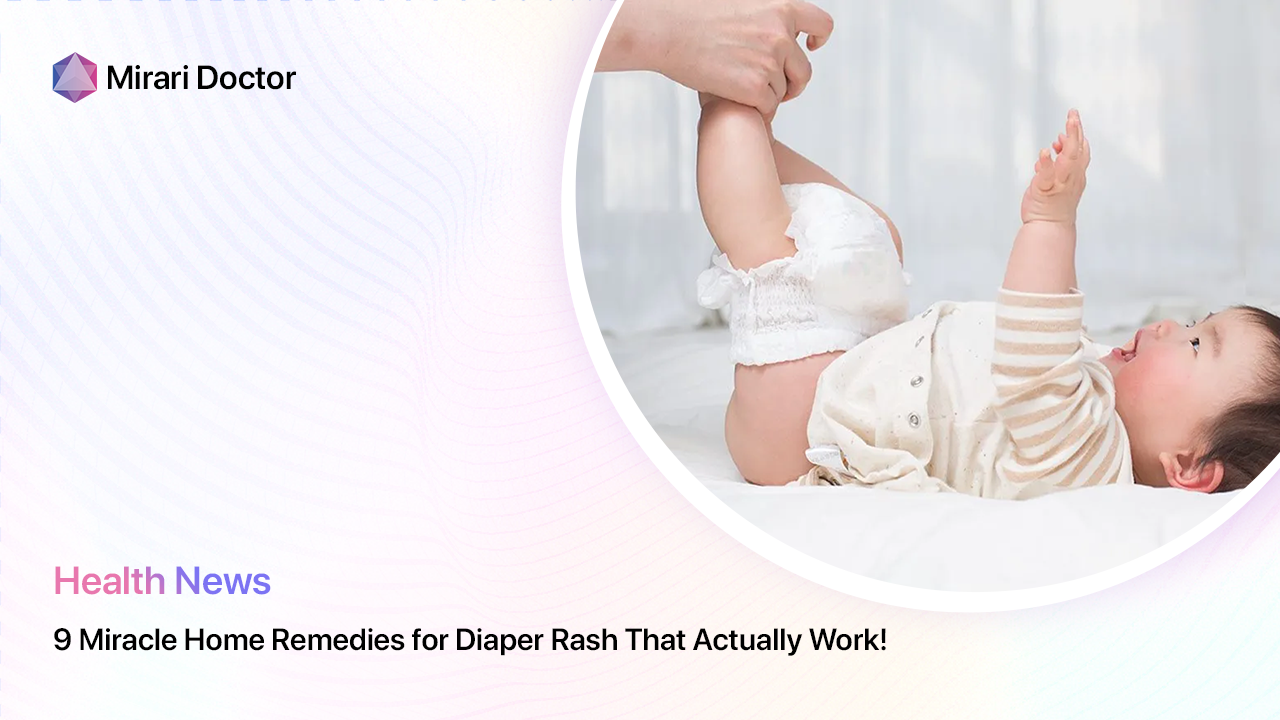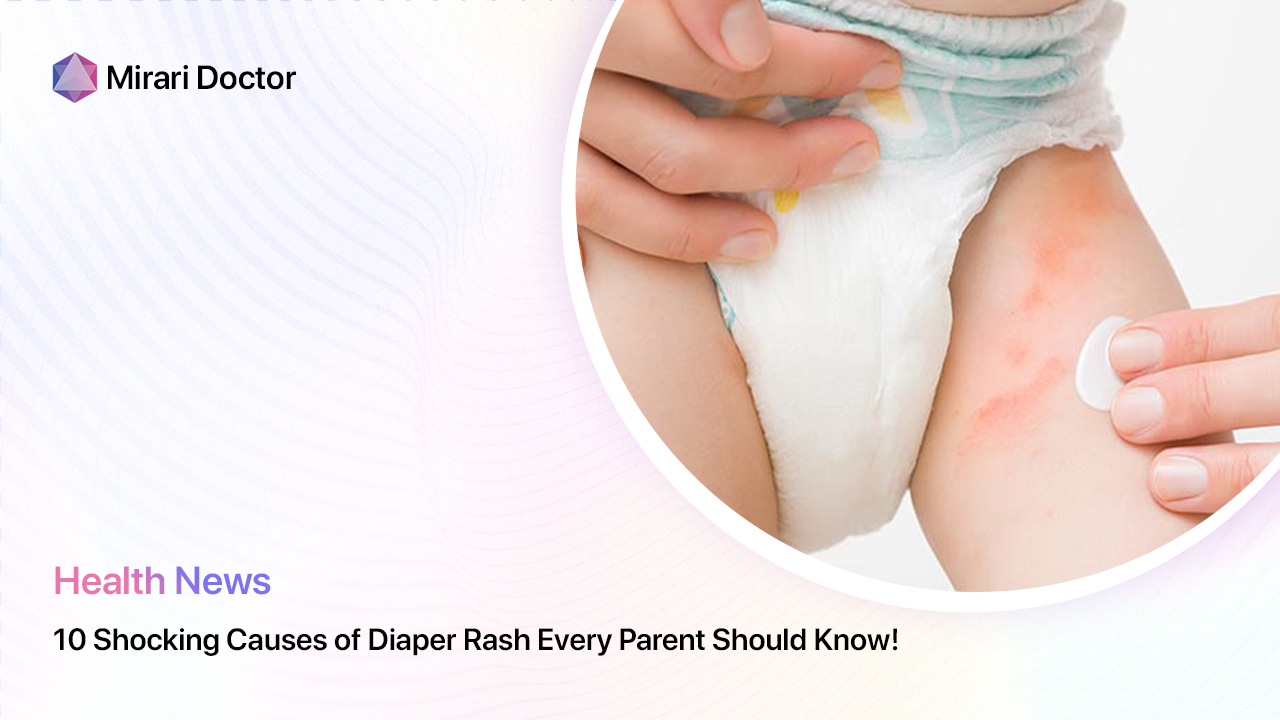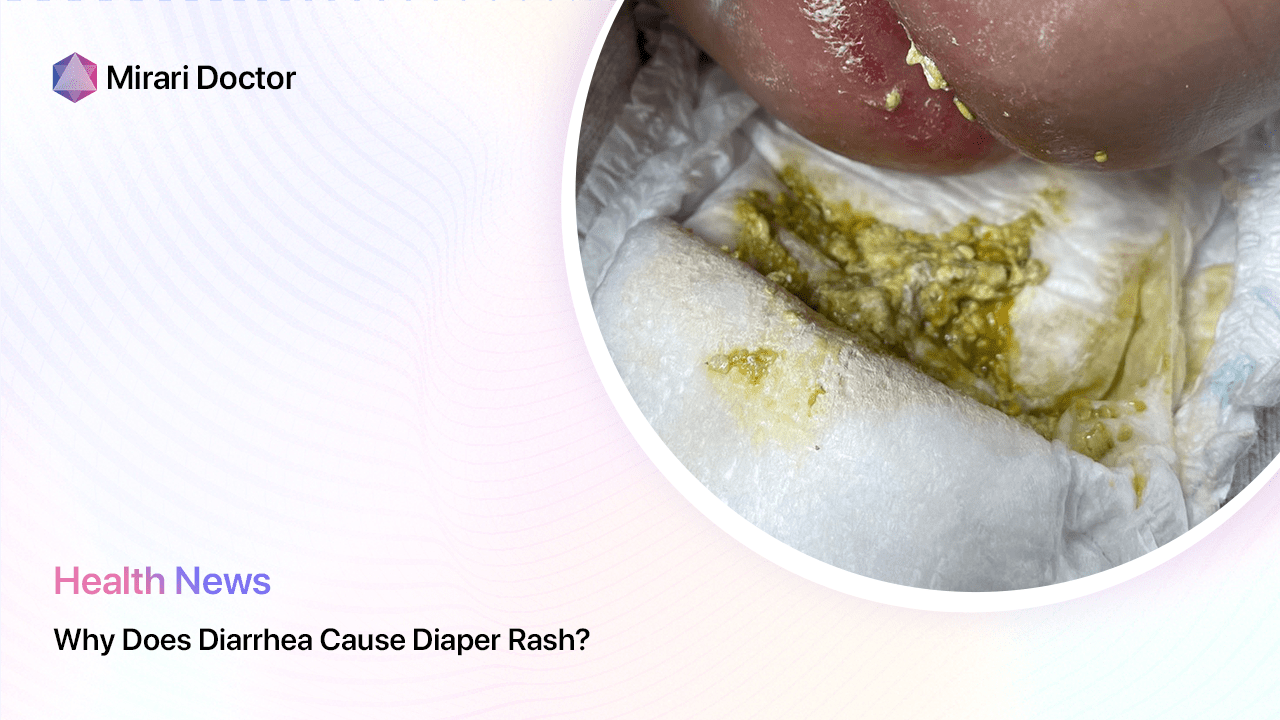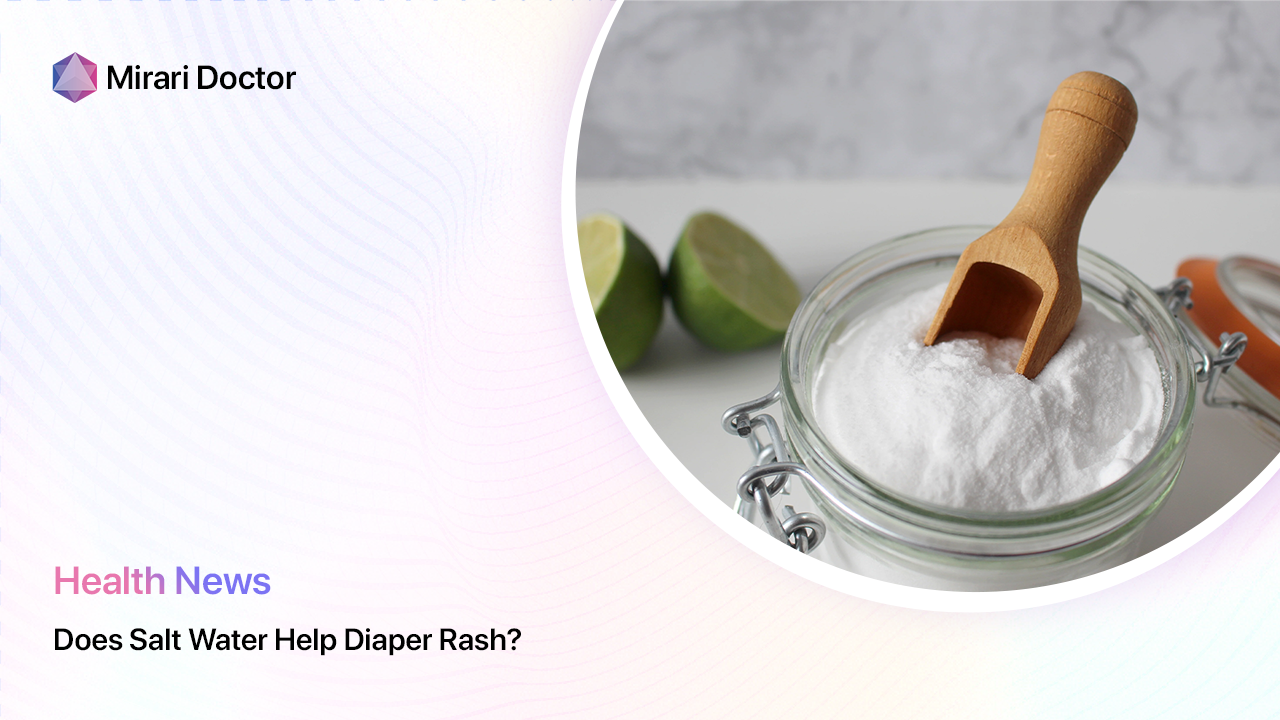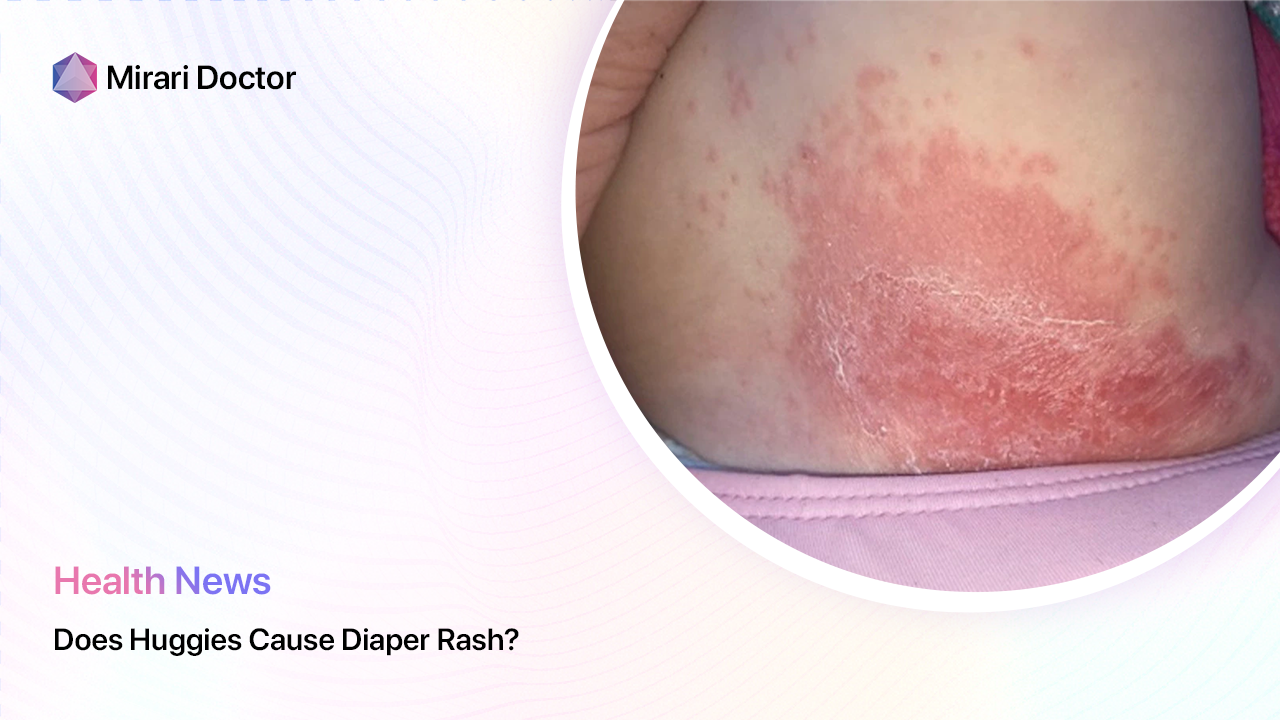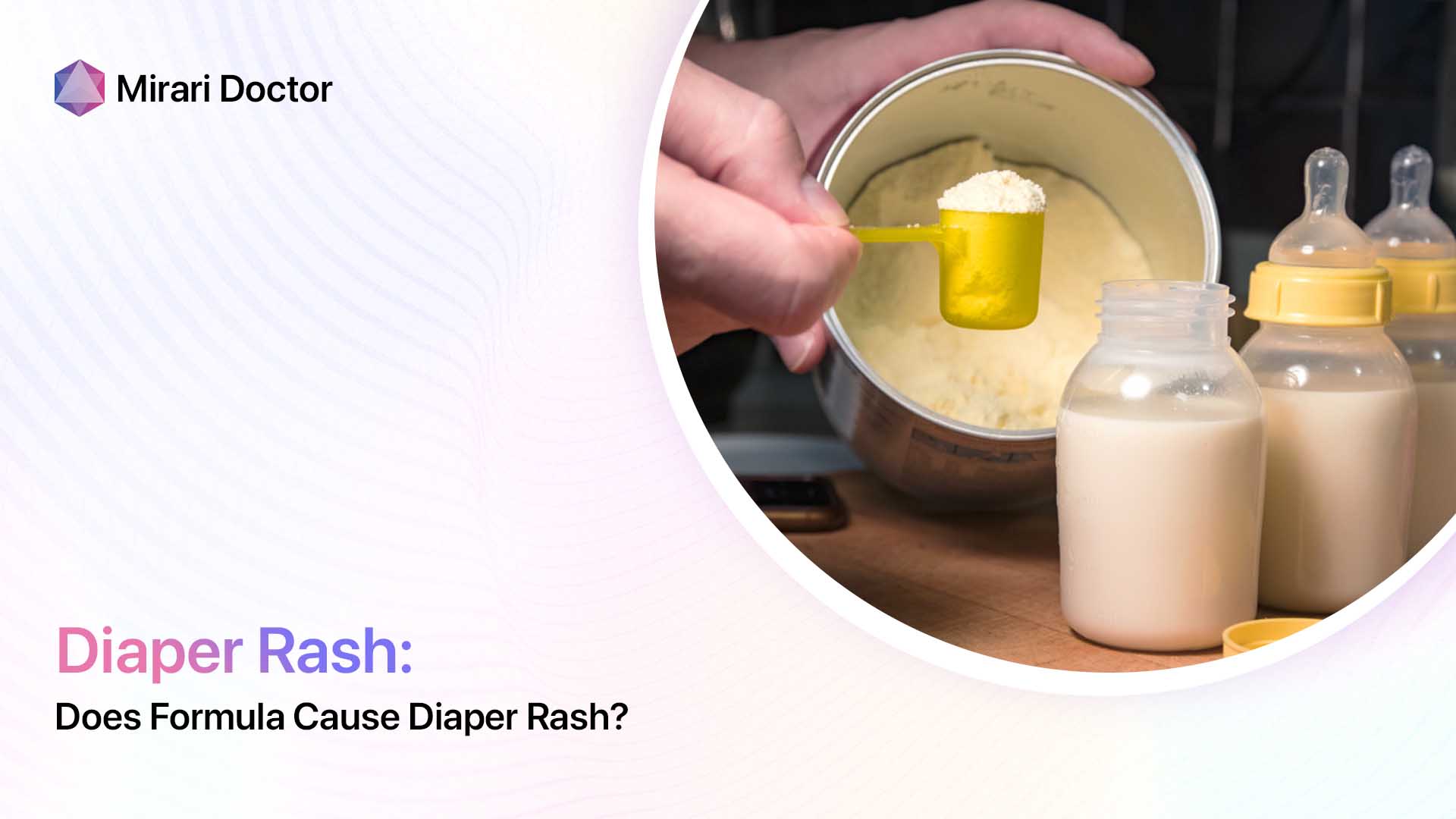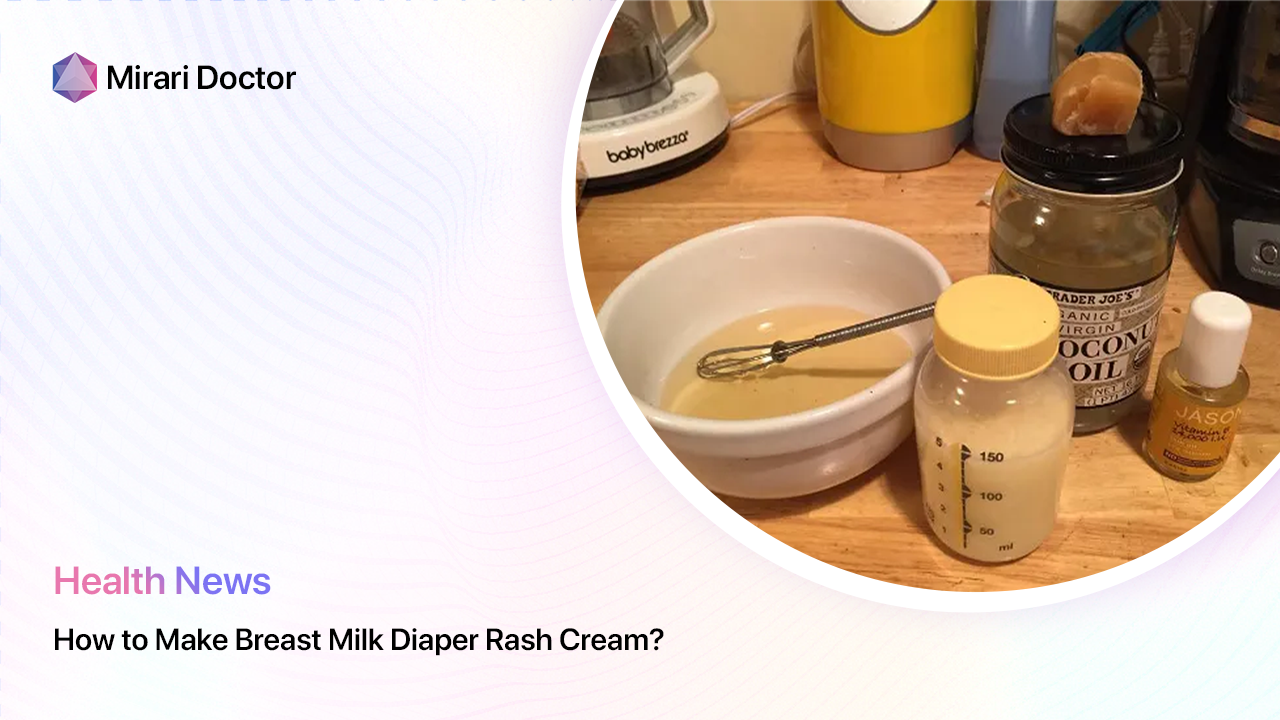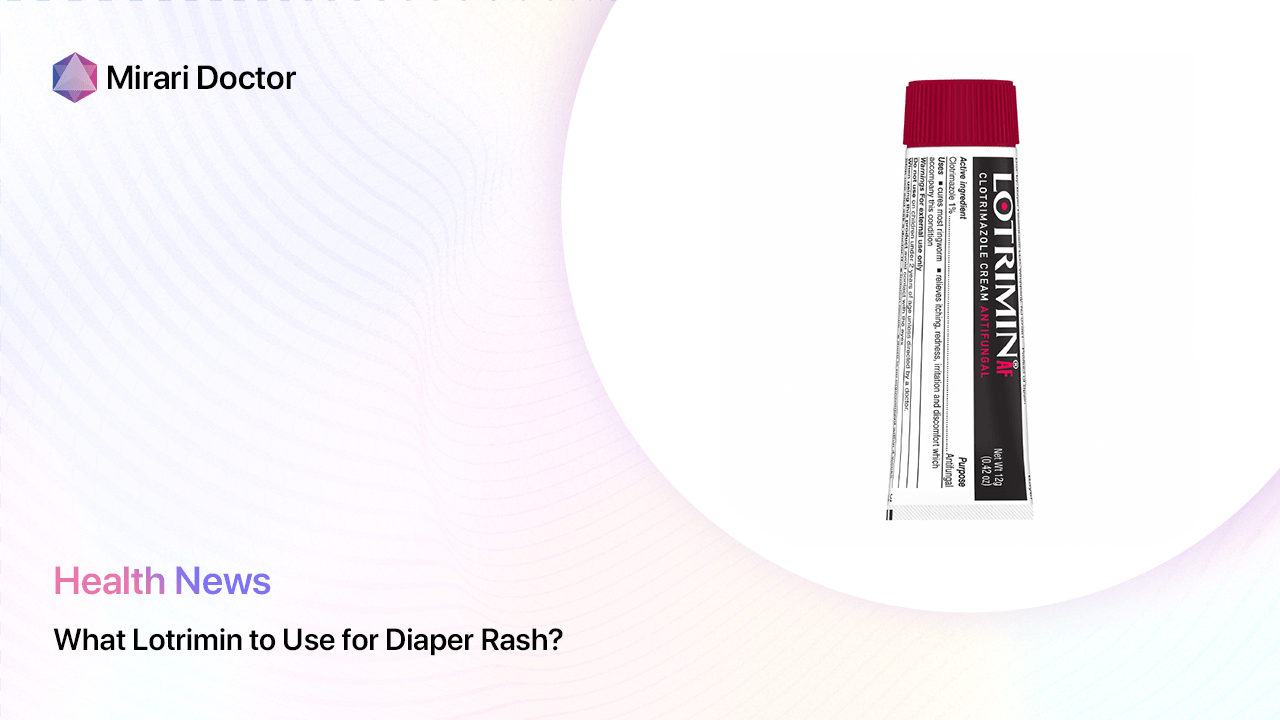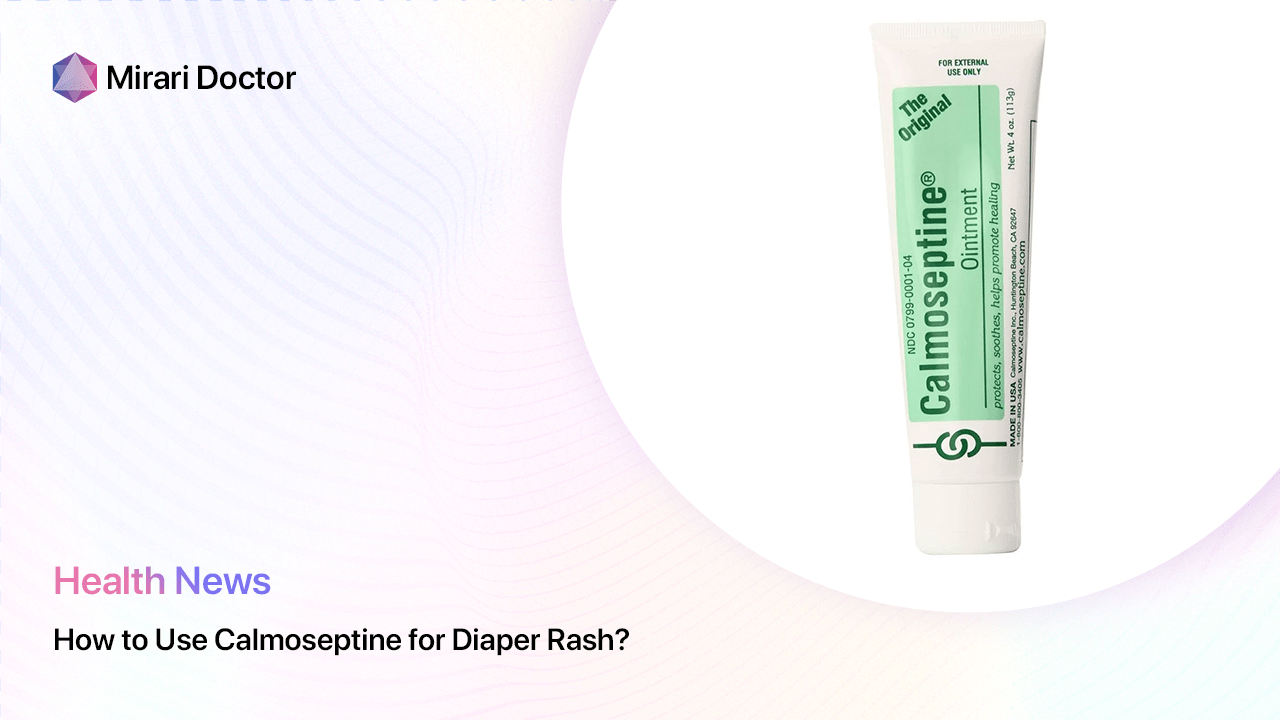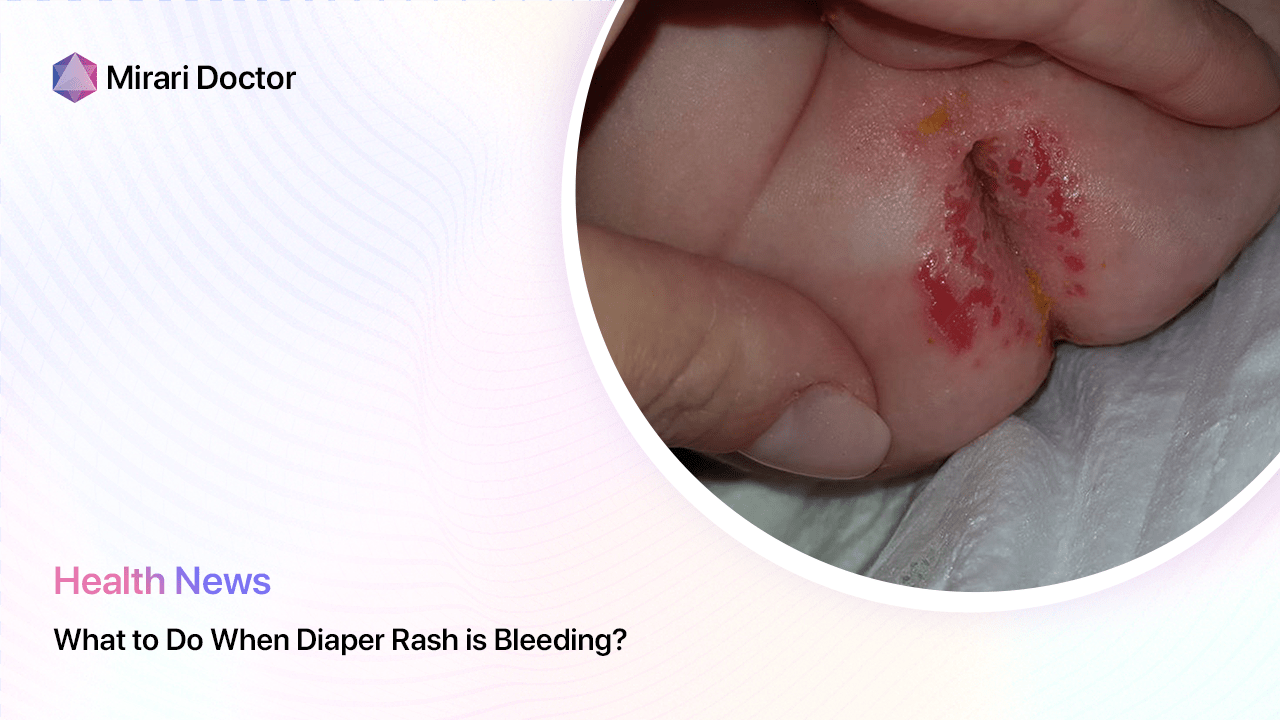
As a parent, dealing with a diaper rash can be a frustrating and worrying experience. While it’s common for babies to develop mild redness or irritation in the diaper area, it can be alarming when the diaper rash becomes severe, leading to bleeding. A bleeding diaper rash is a sign that the skin has become raw and damaged, requiring prompt attention and care.
Typical diaper rash symptoms include redness, scaling, and bumps on your baby’s bottom, genitals, or the inner thighs. However, when the rash progresses to bleeding, it indicates a more severe case of diaper dermatitis. This can happen due to various reasons, such as prolonged exposure to moisture, friction, yeast or bacterial infections, or allergic reactions to certain products.
While a bleeding diaper rash can be distressing, it’s essential not to panic. With proper treatment and care, most cases can be resolved within a few days. However, if the bleedingists or your baby shows signs of discomfort or fever, it’s crucial to seek medical advice from your pediatrician.
Understanding Bleeding Diaper Rash
Causes of Bleeding Diaper Rash
Several factors can contribute to the development of a bleeding diaper rash:
- Friction and chafing: Leaving a soiled diaper on for too long can cause friction and chafing, leading to skin irritation and eventually breaking down the skin barrier, causing bleeding.
- Yeast infection (candidiasis): A fungal infection caused by the overgrowth of Candida albicans can result in a severe, inflamed rash that may bleed or develop small, pus-filled bumps.
- Bacterial infection: Certain bacteria, such as Staphylococcus or Streptococcus, can cause a painful, oozing rash that may lead to bleeding.
- ic reaction: Some babies may have an allergic reaction to certain diaper wipes, creams, or laundry detergents, resulting in a severe rash that can bleed.
- Skin conditions: In rare cases, underlying skin conditions like eczema or psoriasis can contribute to the development of a bleeding diaper rash.
Signs and Symptoms of Bleeding Diaper Rash
If your baby has a bleeding diaper rash, you may notice the following signs and symptoms:
- Bright red streaks or spots in the stool or on the diaper: This is an indication of bleeding from the irritated skin.
- Raw, open sores on the baby’s buttocks or genitals: The rash has progressed to the point where the skin has broken down, causing bleeding.
- Increased fussiness or crying during diaper changes: The raw, exposed skin can be very painful for your baby, causing them to become agitated during diaper changes.
- Possible fever: In some cases, a severe diaper rash can be accompanied by a low-grade fever, which may indicate an infection.
If you notice any of these symptoms, it’s important take action to soothe and heal the rash as soon as possible.
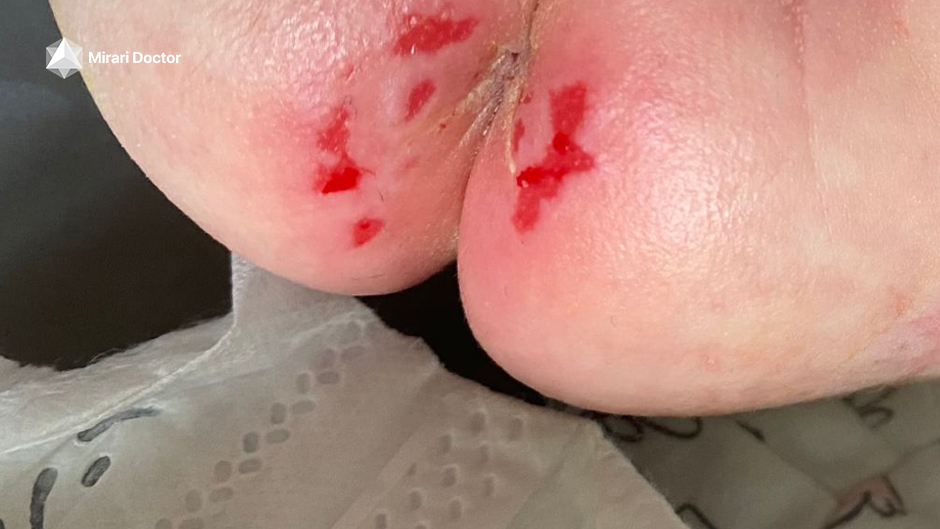
Soothing and Healing Bleeding Diaper Rash
Immediate Steps
When you discover that your baby has a bleeding diaper rash, take the following immediate steps:
- Gently remove the dirty diaper and clean the area with warm water and a soft washcloth: Avoid using wipes or harsh soaps, as they can further irritate the raw skin. Pat dry gently, don’t rub.
- Apply a thick layer of petroleum jelly (like Vaseline) to protect the irritated skin: This creates a moisture barrier and helps soothe the rash while preventing further irritation.
Diaper Change Practices
To promote healing and prevent the rash from worsening, follow these diaper change practices:
- Change diapers frequently (every 2-3 hours or more often if soiled): Keeping the area clean and dry is crucial for healing.
- Use warm water and a gentle, fragrance-free baby wipe for cleaning: Avoid harsh chemicals or scented products that may further irritate the skin.
- Allow the baby’s bottom to air dry for a few minutes after cleaning: This helps reduce moisture buildup, which can exacerbate the rash.
- Choose diapers that fit well and avoid leaks: Leaks can lead to prolonged exposure to moisture, worsening the rash.
Soothing Treatments
In addition to diligent diaper change practices, you can try the following soothing treatments to help heal the rash:
- Consider a warm (not hot) sitz bath with baking soda or plain oatmeal for 10-15 minutes: This can help soothe and cleanse the irritated area. However, it’s best to consult your pediatrician first, especially if the rash is severe or bleeding.
- Let your pediatrician know about the bleeding rash for further guidance on topical creams or ointments: Your doctor may recommend over-the-counter or prescription creams, ointments, or antifungal treatments, depending on the cause of the rash.
Preventing Diaper Rash and Bleeding
While dealing with a bleeding diaper rash is challenging, it’s equally important to take steps to prevent future occurrences or minimize their severity.
Diaper Change Practices
Proper diaper change practices can go a long way in preventing diaper rash and bleeding:
- Frequent diaper changes to minimize contact with stool and urine: Check your baby’s diaper regularly and change it as soon as it’s soiled.
- Proper cleaning techniques to prevent chafing: Use gentle, fragrance-free wipes or warm water and a soft cloth to clean the area. Pat dry instead of rubbing.
- Choosing diapers that fit well and are absorbent: Well-fitting diapers with good absorbency can help keep moisture away from your baby’s skin.
Dietary Changes
In some cases, dietary changes may help reduce the likelihood of diaper rash:
- Breastfeeding mothers might consider eliminating foods that irritate their baby: Certain foods, such as dairy, citrus fruits, or spicy foods, can pass through breast milk and cause digestive issues, leading to more frequent or acidic stools that can irritate the skin.
- For formula-fed babies, a switch to a hypoallergenic formula might be recommended by a doctor: If your baby has a potential food allergy or sensitivity, a hypoallergenic formula may help reduce skin irritation.
Skin Care
Proper skin care can also help prevent diaper rash and bleeding:
- Apply a thin layer of petroleum jelly after each diaper change to create a protective barrier: This can help prevent moisture and friction from irritating the skin.
- Avoid harsh soaps and fragranced products on your baby’s skin: These can strip the skin of its natural oils and cause further irritation.
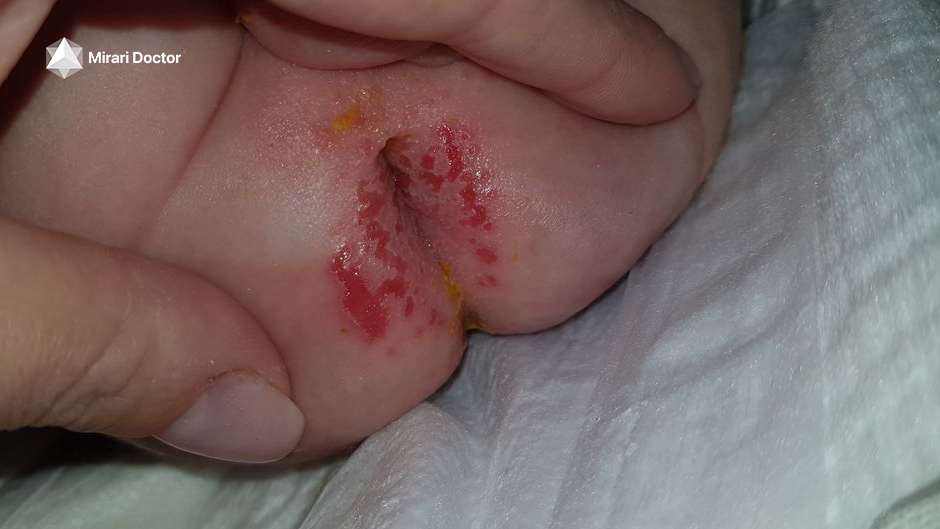
When to Call Your Doctor
While most cases of bleeding diaper rash can be managed at home with proper care, there are instances when you should seek immediate medical attention:
Seek immediate medical attention if:
- The bleeding persists for more than 24 hours: If the bleeding doesn’t subside after a day of home treatment, it’s important to have your pediatrician evaluate the rash.
- Your baby has a fever along with the rash: A fever can indicate a more serious infection that may require antibiotics or other medical treatment.
- The rash seems to worsen despite home care: If the rash continues to spread or become more severe, it may require additional treatment from your doctor.
- You notice any signs of infection (pus, increased redness, etc.): These can be signs of a bacterial or fungal infection that requires medical attention.
Remember, while a bleeding diaper rash can be concerning, it’s often treatable with the right care and attention. However, if you have any doubts or concerns, it’s always better to consult your pediatrician for professional guidance and treatment.
Takeaway
- A bleeding diaper rash indicates a severe case of diaper dermatitis, requiring prompt attention and care.
- Causes can include prolonged exposure to moisture, friction, yeast or bacterial infections, or allergic reactions.
- Immediate steps include gentle cleaning, applying a thick layer of petroleum jelly, and frequent diaper changes.
- Soothing treatments like warm baths with baking soda or oatmeal, and topical creams or ointments as recommended by a pediatrician, can aid healing.
- Prevention involves proper diaper change practices, dietary considerations, and gentle skin care.
- Seek medical attention if the bleeding persists, your baby has a fever, the rash worsens, or you notice signs of infection.
“A bleeding diaper rash can be alarming, but it’s important to remember that with proper care and treatment, most cases can be resolved within a few days,” says Dr. Sarah Johnson, a pediatician at Caring Children’s Clinic. “However, if the bleeding persists or your baby shows signs of discomfort or fever, it’s crucial to seek medical advice promptly.”
“As a parent, dealing with a bleeding diaper rash can be incredibly stressful,” says parenting expert Emily Thompson. “The key is to stay calm and follow gentle cleaning and soothing techniques, such as using warm water and applying a thick layer of petroleum jelly. Don’t hesitate to reach out to your pediatrician for guidance and support.”
FAQs
Is bleeding in diaper rash common?
While mild diaper rash is common in babies, bleeding diaper rash is less frequent but can occur when the rash becomes severe. If the rash progresses to bleeding, it’s essential to seek medical advice, as it may indicate an underlying infection or allergic reaction.
What can I use to clean a bleeding diaper rash?
When dealing with a bleeding diaper rash, it’s best to use warm water and a soft washcloth to gently cleanse the area. Avoid harsh soaps, wipes, or rubbing, as these can further irritate the raw, bleeding skin.
Can I still use diaper wipes if my baby has a bleeding diaper rash?
It’s generally recommended to avoid using diaper wipes on a bleeding diaper rash, as they may contain ingredients that can further irritate the raw, exposed skin. Consult your pediatrician for specific recommendations based on the severity and cause of the rash.
How long does it take for bleeding diaper rash to heal?
With proper care and treatment, most cases of bleeding diaper rash should show improvement within 24-48 hours. However, if the bleeding persists or the rash worsens, it’s essential to consult your pediatrician, as additional medical treatment may be required.
What can I do to prevent diaper rash and bleeding in the future?
To help prevent diaper rash and bleeding, follow these tips:
- Change diapers frequently to minimize exposure to moisture and irritants.
- Use gentle, fragrance-free wipes or warm water for cleaning.
- Apply a thin layer of petroleum jelly to create a protective barrier.
- Consider dietary changes if necessary, based on your pediatrician’s recommendations.
- Practice gentle skin care and avoid harsh soaps or fragranced products.
By following these preventive measures and seeking prompt medical attention when needed, you can help minimize the occurrence and severity of diaper rash in your baby.
Reference
- https://www.healthline.com/health/parenting/bleeding-diaper-rash
- https://www.nationwidechildrens.org/conditions/diaper-dermatitis-diaper-rash
- https://www.childrenshospital.org/conditions/diaper-rash
- https://www.seattlechildrens.org/conditions/a-z/diaper-rash/
- https://www.healthychildren.org/English/ages-stages/baby/diapers-clothing/Pages/Diaper-Rash.aspx
Related articles
Made in USA


